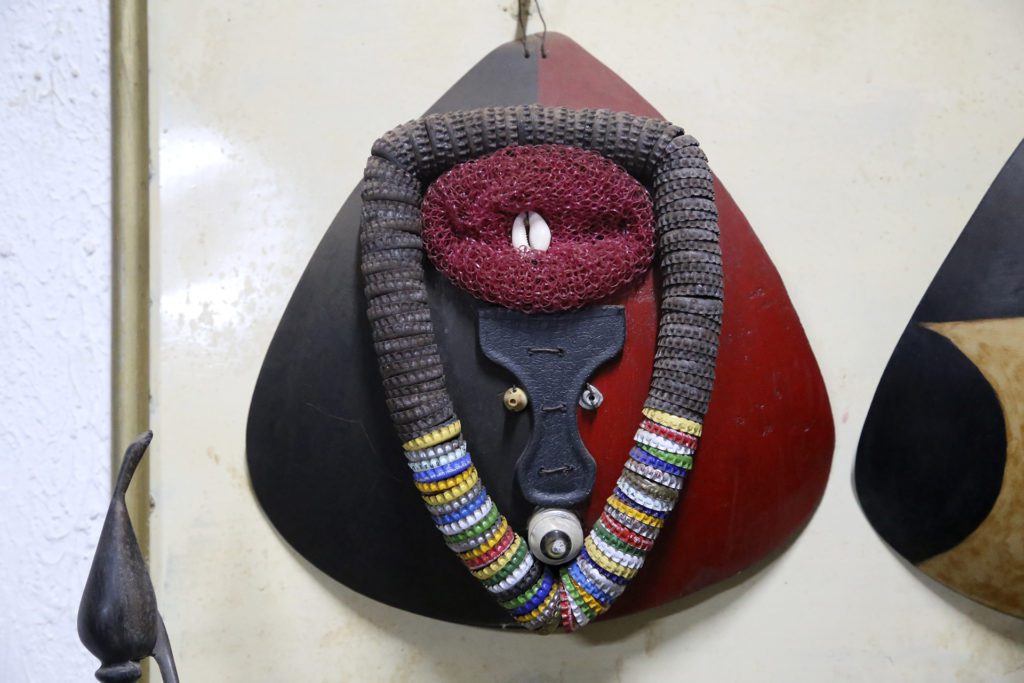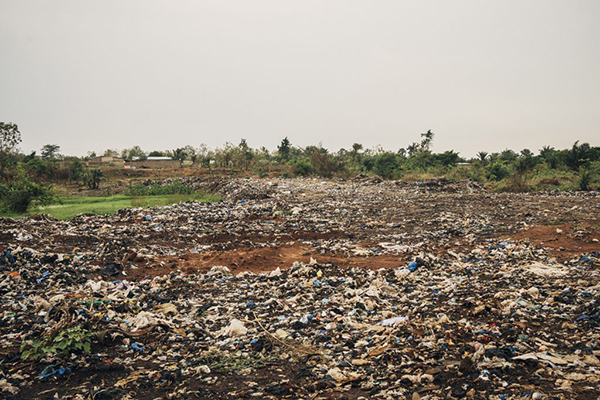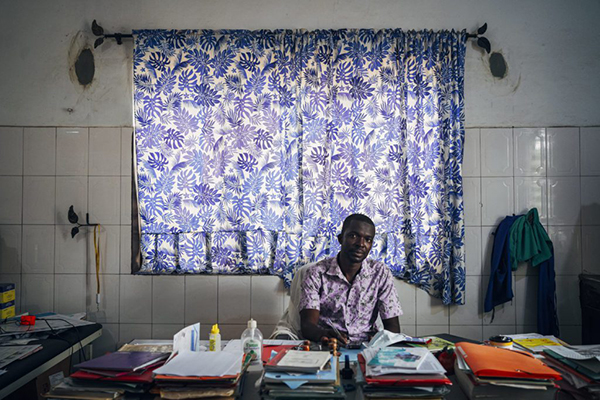Although we focus much attention on sustainable development and the right to health, the people and communities in the countries where we work have an immense cultural diversity that should be appreciated and valued. Here is a glimpse into the culture and artisanship of African countries such as Côte d’Ivoire, Ghana and Benin.
In West Africa, Togo’s handicrafts are surprising for the variety of traditions, which are spread throughout the territory of this small country. The myriad of Togolese ethnic groups and landscapes create an abundance of artisanal activities that change depending on the region of the country you visit.
The following is a glimpse into what kinds of objects and practices can be found in Togo.
Togo: a small, diverse country rich in artisanship
Togo is a small intertropical country on the Gulf of Guinea that subsists mainly on agriculture and the production of raw materials such as cotton, phosphate, cocoa and coffee. With a population over 8.5 million, it is a culturally diverse country with some 40 different ethnic groups.
Despite the progress made in reducing poverty in recent years, Togo is one of the most impoverished countries in Africa. It continues to face challenges in areas such as health, children’s rights and nutrition, and more than half of its population lives below the poverty line. This does not prevent the culture and artisanship of its people from being diverse and vibrant, however. Whether in the more humid areas close to the Atlantic, on the central plateau or on the northern border with Burkina Faso, Togolese artisans proudly display their skills.
Crafts of the Maritime Region
Lomé, Togo’s capital and largest city, is located in the Maritime Region in the southern part of the country. Lomé is a major producer of handicrafts in Togo. Jewellery shops, shoe shops, upholstery shops and ritual crafts can be found in its different neighbourhoods. The Lomé Grand Market is home to countless stalls that sell beads, pottery, basketry, statuettes and colourful fabrics. There’s also the more refined and manageable Village Artisanal (craft centre), where you’ll find jewellery, ceramic and wood art and works with African fabric. Lomé also hosts the Marché International de l’Artisanat du Togo, an annual exhibition that brings together artisans from all over the country to showcase their products, present their work and exchange knowledge.
Lomé is also home to the mecca of voodoo: the Akodeséwa fetish market. An animist sanctuary, it is the largest fetish market in West Africa. Here you’ll find taxidermied animals, idols and herbs which, like a kind of pharmacy, are used by the witchdoctors who manage the market to treat the followers of animism.
Outside the capital, the pottery is outstanding in villages such as Kouvé and Bolou.
Plateaux: the epicentre of artisanship in Togo
The Plateaux region is mountainous and covered with lush forests. This density of raw materials is conducive to wood working: statues, furniture and works of art in ebony, teak, and mahogany. The perfect place to shop for these objects is the Kloto Craft Centre, near Kpalimé. This centre is considered the epicentre of Togolese artisans. Many have settled here and opened their workshops and shops, where they sell wood carvings, ceramics, batiks and macramé. The centre is also a school where young apprentices can learn different crafts.
Textiles are also highly developed in the region with the Kenté, the traditional loincloth of the Ewe people, whose patterns are rich in symbols. Also noteworthy are the hand-dyed batiks, which are made by printing with wax. The women weave the brightly coloured fabrics, which depict traditional African motifs from the life of the people and the history of Togo.
The textiles of the Central Region and the Kara ironworks
There are several markets in the Central Region, such as those in Blitta, Pagala and Adjengré, where you can find a variety of local craft products: farming tools, pyrography gourds, bags, etc. Sokodé, the region’s capital, is famous for its textiles.
The Kara region, in the north, is known for its forges. There you can find the remains of the old blast furnaces of Nangbani and Bandjéli, in the Bassar prefecture. In Tcharé, Pya and Yadé, in Kozah prefecture, you can admire the work of traditional blacksmiths who use large mountain stones as anvils and hammers to beat the molten-red iron.
Savanes Crafts in the Savanes Region
The Savanes region, on the border with Burkina Faso, is home to basket-making, leather goods and textiles. This weekly markets in Dapaong and Cinkassé bring together artisans who display their finely crafted utilitarian wares on the ground: straw hats, bird cages, palm fans, bags and leather bracelets. The many weavers of the region can also be found at the Dapaong women’s self-help centre (CEDAF) and the Lotougou craftsmen’s cooperative.




